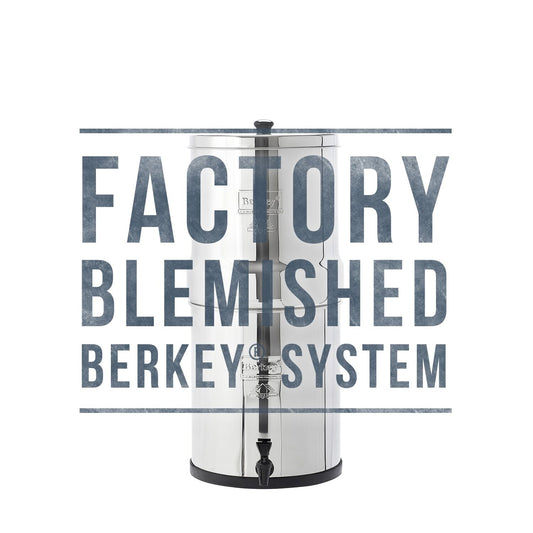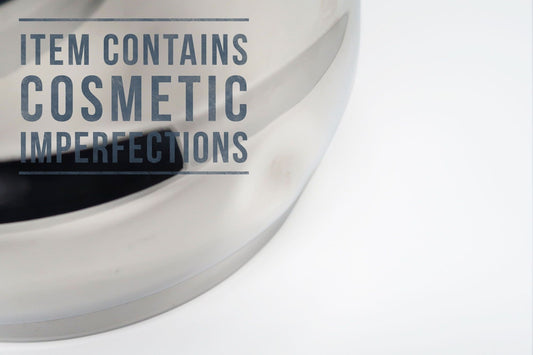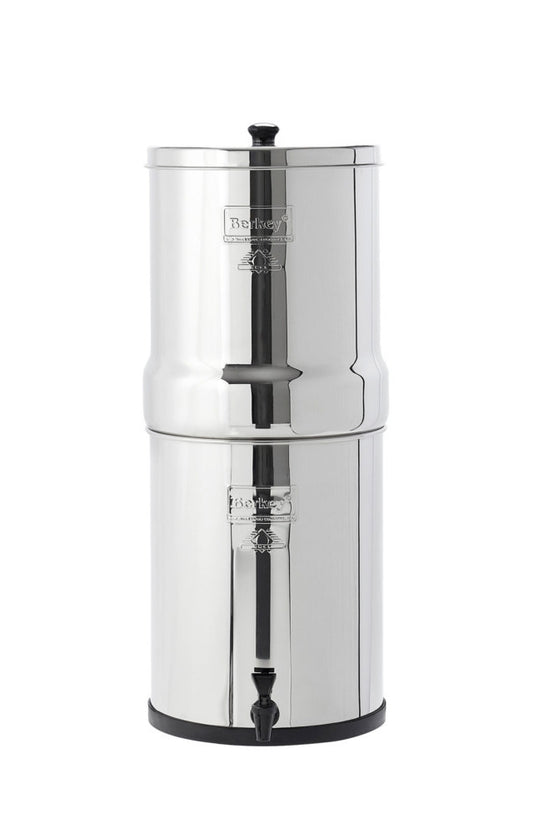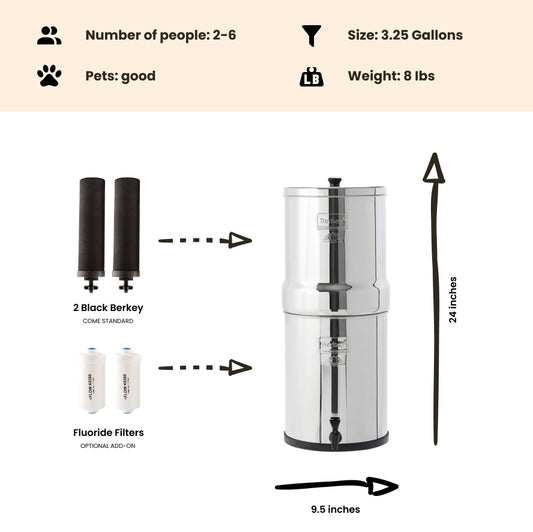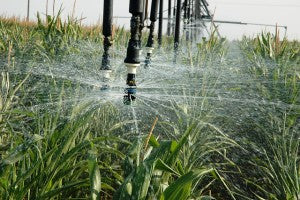
Blended Wastewater, An Alternative and Affordable Source for Drought Stricken California?
By Dan DeBaunShare
Researchers from the University of California, Riverside, have developed an economic model which shows how using a combination of different wastewater treatment processes may provide an affordable source of irrigation water that benefits crops.
Recycling wastewater for use in crop irrigation is increasingly considered an important solution to addressing California's water crisis during periods of extended drought. However, this comes with its own set of challenges, as the treatment processes required in order for the water to comply with state regulated health standards and to reduce levels of crop damaging salt is costly.
An economic model developed by researchers from UC Riverside demonstrates how blending wastewater that has been treated with different treatment processes can be used to produce an affordable supply of irrigation water that meets, if not surpasses, a wide range of water quality standards. The researchers outline the framework in a paper that was recently published in the American Chemical Society's journal Environmental Science & Technology.
"While the reuse of treated wastewater is not a new concept, concerns over the rising demand for water from population growth, coupled with both economic and environmental challenges, have made this option more attractive," explain the authors.
The wastewater reuse model developed by the researchers assumes that the treated wastewater meets state regulated health standards for pathogen removal and aims to produce irrigation water that has a chemical composition specifically tailored to the crops and/or grasses that it will be used to irrigate.
According to the researchers, blending wastewater that has been treated by different treatment processes is likely to produce irrigation water that contains nutrients that will benefit specific crops. This would reduce the need for fertilizers and the associated costs, which would then make recycling wastewater more affordable and viable. Raw untreated wastewater is usually high in nutrients, including nutrients such as nitrogen, potassium and phosphorus, which are important for plant growth.
"However, to meet state and federal water quality regulations, most conventional wastewater treatment plants subject this raw effluent to primary, secondary, tertiary, and disinfection processes, which results in significant removal of nutrients," the team explained.
The research team identified seven different technologies and eleven treatment trains — a sequence of wastewater treatments used in combination to meet a specific health standard — currently used to treat wastewater. The researchers tested the economic model on citrus trees and turf grass, estimating and comparing the costs and water quality chemistry of wastewater treated using various treatment combinations. Treatment combinations that were not able to produce irrigation water with an optimal blend of chemistry tailored for crop irrigation were considered unfeasible and eliminated. Other treatment combinations did produce blends that were chemically feasible, however, some were simply not cost-effective for smaller wastewater treatment facilities. This economic model shows how wastewater treatment trains can be used to deliver irrigation water optimized for use on a wide variety of crops that have varying degrees of salinity tolerance with much less of a negative impact on soil quality and crops than using recycled wastewater that is treated by conventional processes.
Furthermore, pathogens, heavy metals and salinity were reduced to meet existing health standards and safe agricultural practices. According to the authors, this blending technique offers an alternative source of irrigation water for agriculture, which if utilized could take the pressure off freshwater resources that would be reserved and available as a coping mechanism during periods of drought-induced extreme water scarcity.
Journal Reference Quynh K. Tran, Kurt Schwabe, and David Jassby. Wastewater Reuse for Agriculture: Development of a Regional Water Reuse Decision-Support Model (RWRM) for Cost-Effective Irrigation Sources. Environmental Science & Technology, (2016).
-
Regular price From $302.00 USDRegular priceUnit price / per
-
Regular price $234.00 USDRegular priceUnit price / per
-
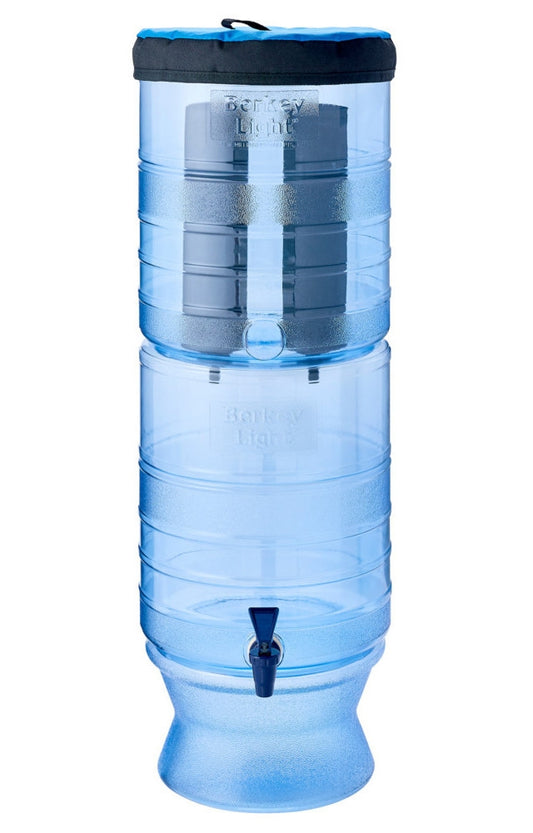
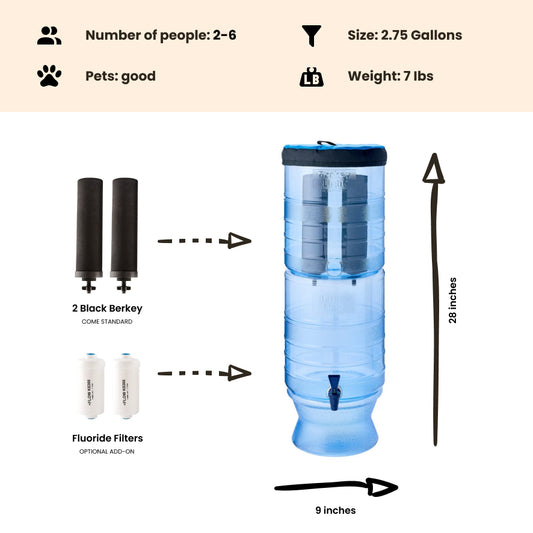 Sold outRegular price From $305.00 USDRegular priceUnit price / per
Sold outRegular price From $305.00 USDRegular priceUnit price / per -
Regular price $327.00 USDRegular priceUnit price / per
-
Regular price From $367.00 USDRegular priceUnit price / per
-
Regular price From $408.00 USDRegular priceUnit price / per
-
Regular price From $451.00 USDRegular priceUnit price / per

Dan DeBaun
Dan DeBaun is the owner and operator of Big Berkey Water Filters. Prior to Berkey, Dan was an asset manager for a major telecommunications company. He graduated from Rutgers with an undergraduate degree in industrial engineering, followed by an MBA in finance from Rutgers as well. Dan enjoys biohacking, exercising, meditation, beach life, and spending time with family and friends.
~ The Owner of Big Berkey Water Filters


